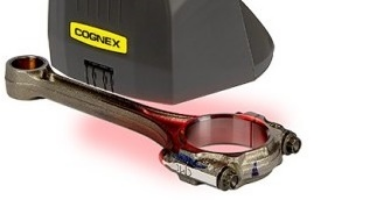Compared to barcode readers, barcode verifiers are a superior measure of symbol readability because they normalize the range of performance among various types of readers, from camera and laser to handheld and fixed-mount.
While a barcode readers are designed specifically to read barcodes, a barcode verifier ensures the barcode data is formatted correctly and confirms barcodes can be read by all scanners in the supply chain and will be able to pinpoint the reason why a barcode will not scan or read easily.
The barcode verifiers will allow you to prints reports listing barcode grades to certify they meet industry standards such as industry standards compliance ISO/IEC 15415, 15426-2, TR-29158 (AIM DPM)
Companies should improve their barcode quality to meet industry and application standards and ease the flow of materials in the supply chain from brand owners and manufacturers to packagers and retailers, people across industries use barcodes to track their products from production to the point of sale.
A failure to scan properly can be catastrophic, slowing down production lines and causing costly reprints, wasted product, and chargebacks.
Barcode verifiers guide producers through the marking process to create codes which meet required quality standards and demonstrate compliance with printed quality reports.
This guide provides an introduction to barcode verification standards and code quality process control. It is designed to help symbol producers determine whether verification is right for them and identify their specific barcode verification requirements.
A barcode verifier will analyse Industry Standard Parameters. A barcode 1D, 2D and Direct Part Mark (DPM) verifier takes more time to analyze a barcode and generates more data than a barcode reader does, which only reveals the barcode data and information encoded within a barcode.
1D, 2D and Direct Part Mark (DPM) barcode verifiers analyze and report on formal parameters based on international standards. These parameters measure a number of factors that affect barcode readers’ abilities to identify and decode a code. Barcode verifiers test different parameters for 1D and 2D as well as direct part mark (DPM) barcodes based on a governing standard, such as an ISO international standard and comply to ISO/IEC 15415, 15426-2, TR-29158 (AIM DPM)
A barcode verifier identifies all 1D, 2D and Direct Part Mark (DPM) barcode printing and marking issues and problems for readability and decoding barcode data and information unlike barcode readers, 1D, 2D and Direct Part Mark (DPM) verifier also pinpoint the reasons why a barcode will not scan, revealing where the barcode is deficient so the producer can take corrective action.
Full printed reports listing barcode grades help certify analyse the corrections in those non-readable barcodes meet industry standards.
ISO Quality Standards:
▪ ISO/IEC 15415
▪ ISO/IEC 15416
▪ ISO/IEC 29158
▪ ISO/IEC 15426-1
▪ ISO/IEC 15426-2
Call today for help and an on-siye demo on Tel: 01442 872232 or email : sales@barcode-uk.com

